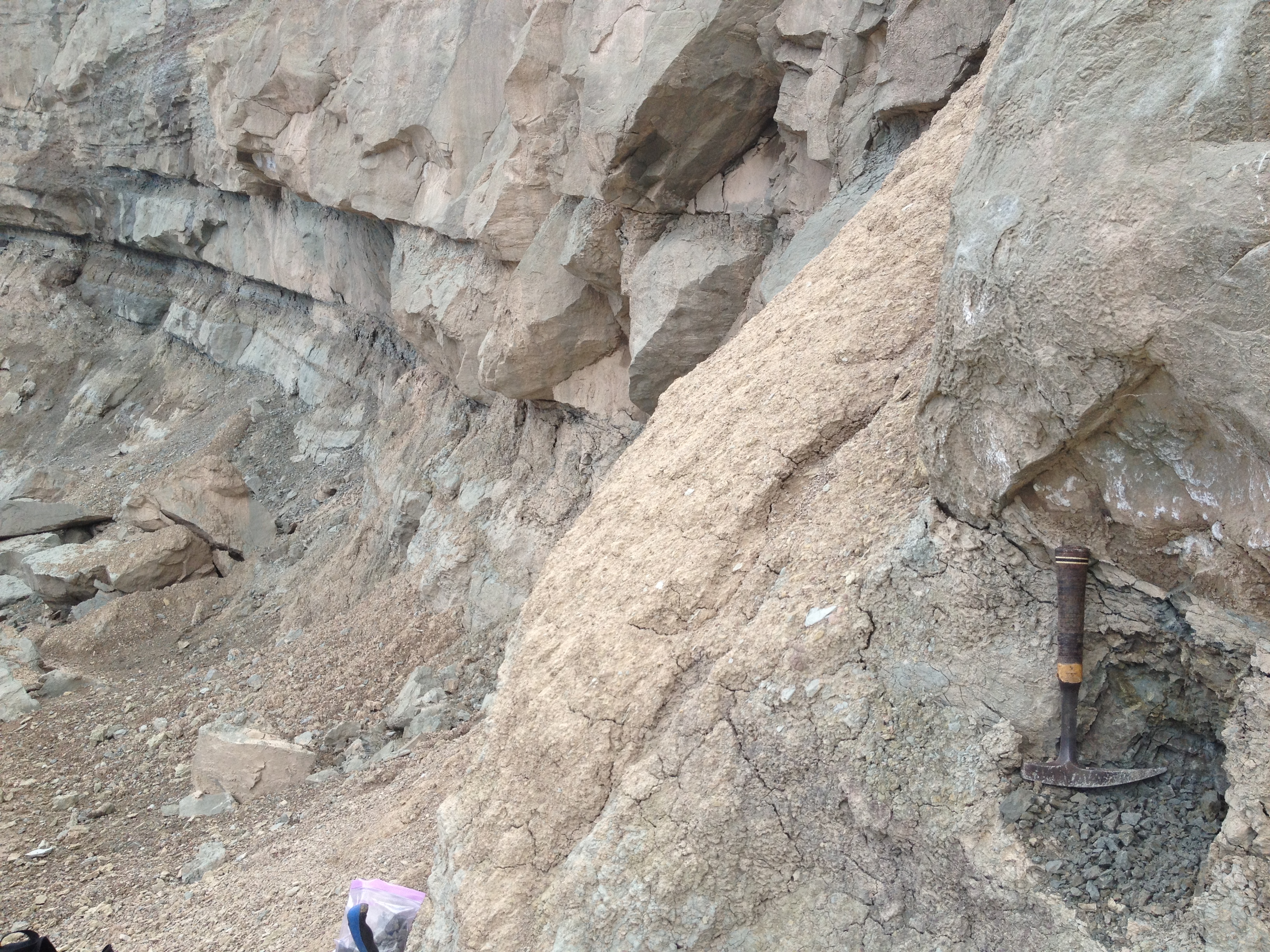(EU project recently completed)
Clay minerals are hydrous phyllosilicates that are characterized by a high surface area and small grain size, properties that are of interest to medical, material, and environmental sciences because of their sorption and water retainment capabilities, and as sealing material and liners for waste and nuclear disposal sites, water treatment plants, as well as the building industry and as a principle resource for ceramics… In addition, they are of interest for studies on diagenesis related to fossil fuel reservoirs and for paleoenvironmental research as they can be formed in equilibrium with meteoric fluids and both H and O isotope analyses can be made to address climate-related changes in the meteoric water cycle. The present project has focused on evaluating the separation and analyses of clays as well as to understand their formation in regionally different settings in the context of interpreting past and present environmental conditions of clay mineral formation.

Clays - Eclepens
Participants: recently graduated PhD student, Kerstin Bauer, and Torsten Vennemann, as well as colleagues Thierry Adatte (ISTE)
Typical recent publications
Bauer K. and Vennemann T.W. (2014). Analytical methods for the measurement of hydrogen isotope composition and water content in clay minerals by TC/EA. Chemical Geology, v. 363, 229-240.
